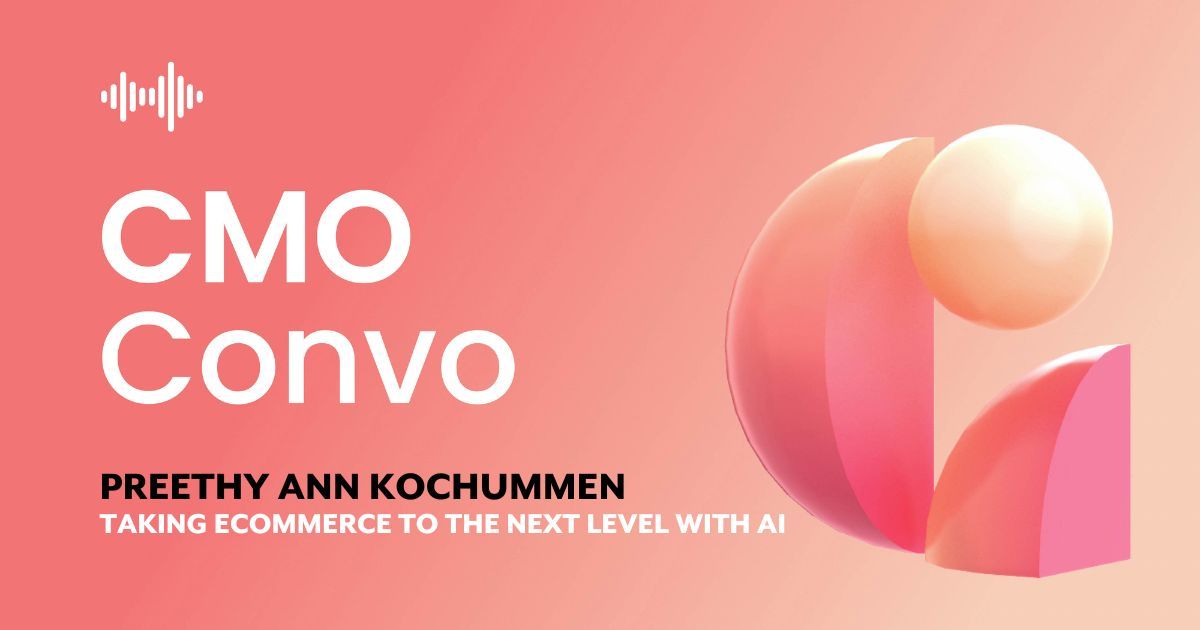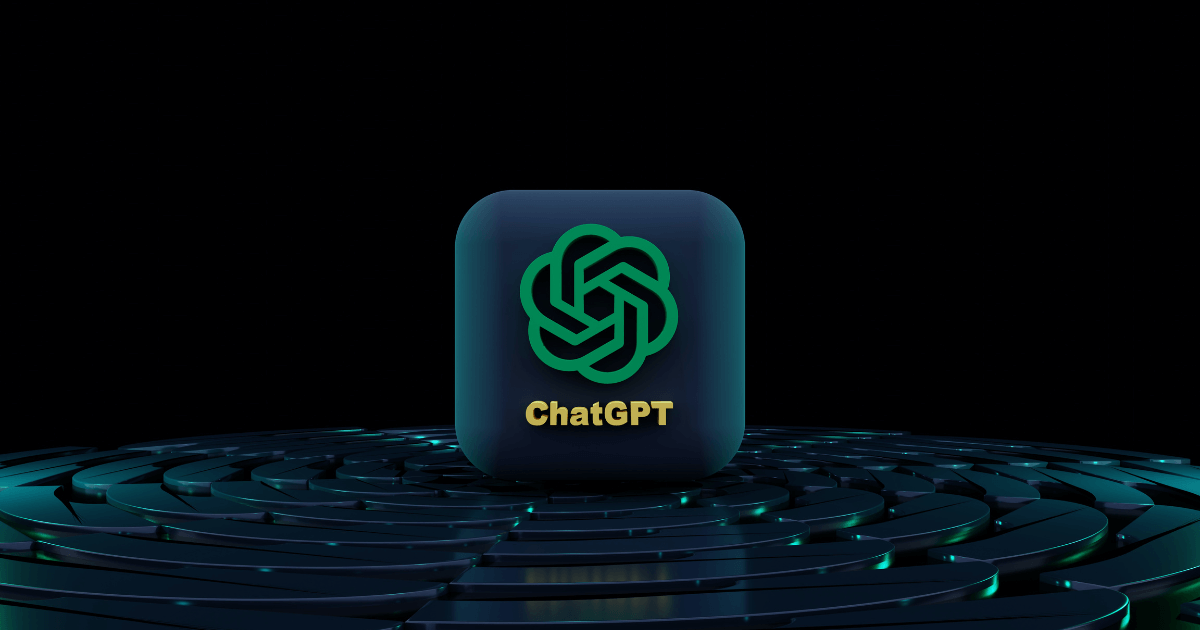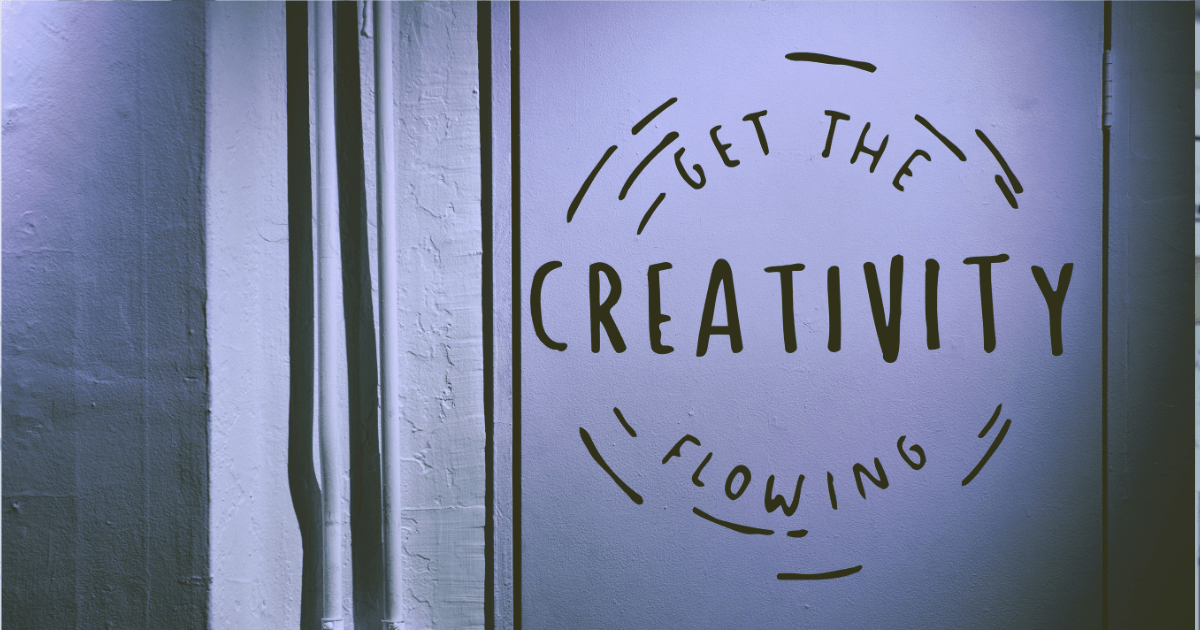Amidst current discussions surrounding data privacy, digital advertising is experiencing a notable shift. As the industry grapples with the decreasing presence of linkages such as Mobile Ad IDs (MAIDs) and third-party browser cookies, the importance of message relevance has become increasingly evident. In a recent survey of 100 leading marketers, 96 stated that creative will become even more critical in advertising campaigns over the next decade.
This turn toward creative marks a shift in the industry’s obsession with data-driven media planning and audience targeting. A fragmentation of advertising channels and commoditization of bidding tools has led to an emerging focus on Creative Ad Tech as the core component of future-forward marketing stacks.

Creative takes center stage for marketing personalization
Additional findings from the market survey underscore the growing recognition that Creative Ad Tech, designed for automation, relevance, and intelligence, is the driving force behind successful advertising campaigns at scale. When asked to choose the campaign variable that has the most potential to drive brand growth and business outcomes in the future, 65% of respondents selected creative personalization compared to 19% for audience targeting and 16% for bid management.
The survey's results, reported in our Q3 release of, “Breaking through the Digital Ad Ceiling with Creative Personalization,” visualized in this infographic, reveal that personalized ads are the key to higher conversions and customer engagement, while creative optimization has become an integral part of working media budgets for 79% of marketers. Moreover, it suggests that creative personalization is the linchpin to unlock the next phase of advertising innovation.
That’s because creative personalization is the key to relevant targeted advertising that stands out. Consider any number of these real-world examples:
A leading retail brand tailors fashion recommendations not just to past purchase history, but also to emerging fashion trends and individual style preferences.
A travel company leverages weather-related data to personalize vacation advertisements; by integrating real-time weather information with user preferences, the company was able to offer sunny getaway suggestions to users experiencing cold weather.
A global food and beverage company boosts engagement by tailoring online ads to align with users' local cuisine preferences and recent search behaviors.
An automotive brand leverages traffic and mobility data to send personalized ads to potential buyers in high commute areas, matching car models to the lifestyle needs of the commuters, thereby increasing dealership visits and inquiries.
The applications are truly endless.
Overcoming hurdles to creative personalization at scale
However, while creative personalization holds great promise, there are notable challenges to overcome. One glaring issue is the lack of insights and intelligence in crafting personalized creative content. A substantial 91% of survey respondents reported experiencing major blind spots when it comes to creative intelligence.
The dearth of data-driven insights hinders marketers from effectively tailoring their messages to individual preferences and behaviors. To overcome this challenge, investments in advanced analytics and AI-driven solutions are needed to unlock the full potential of creative personalization.
A further 90% of respondents cited siloed teams as a source of inefficiency and slow go-to-market performance. Silos hinder collaboration between creative, data, and technology, preventing the seamless execution of personalized campaigns. To harness the power of creative personalization, organizations must break down these silos and foster cross-functional collaboration, where data and creativity converge to create impactful advertising.
Furthermore, 73% of marketers expressed concerns about the disconnect between brand messages and consumer experiences in their world due to disparate technology. This fragmentation of the brand experience can lead to confusion and alienation among consumers. To bridge this gap, brands must invest in omnichannel technology solutions that ensure consistency and coherence across all touchpoints across the media spectrum.

AI supercharges advertising personalization
Recent advancements in artificial intelligence align seamlessly with this transition, elevating Creative Ad Tech to a critical crossroads. With the progression in large language models and computer vision, our understanding of content context has become more profound, heralding a new age of contextual insight.
AI is refining creative taxonomies, further refining the dynamic variables in each creative variation. In tandem, generative AI is leading a significant shift in content production. And overall, AI is making all of these processes much faster, meaning that creative personalization can occur in near real time.
Collectively, these innovations in AI are bolstering the capabilities of Creative Ad Tech at this crucial moment where marketers are turning to them for a competitive edge. Fulfilling the promise of stronger customer engagement and resonant brand affinity, it’s clear the future of modern advertising will be underpinned by creative personalization.
With advancements in AI and Creative Ad Tech enabling automation and activation across channels, marketers can ensure message relevance and brand intelligence. The creative revolution is here, and personalized advertising is at its forefront, reshaping the way brands connect with consumers in the evolving digital landscape.
In my decades working in this industry, I’ve learned that while data is crucial, the real magic happens at the intersection of creativity and personalization. It's not just about reaching the right audience, but speaking to them in a language they understand and appreciate. This belief has been at the core of our strategy, driving us to push the boundaries of what creative ad tech can achieve.

FAQs
Q: Why is personalization important in marketing?
A: Personalization is critical in modern advertising because it is the key to delivering relevant, resonant messages that truly connect with consumers. In today's fragmented media landscape, simply reaching the right audience is no longer enough - brands must speak to consumers in a language and context they appreciate.
Our recent market survey of 100 leading marketers revealed that a resounding 65% believe creative personalization has the most potential to drive brand growth and business outcomes, far outpacing audience targeting (19%) and bid management (16%). Personalized ads are proven to drive higher conversions and customer engagement.
However, achieving effective creative personalization at scale requires overcoming substantial hurdles. A shocking 91% of marketers reported major blind spots when it comes to having the creative intelligence needed to tailor messages. Silos between creative, data, and technology teams hinder 90% of marketers, preventing seamless personalized campaign execution.
The good news is that advancements in AI are supercharging our ability to drive personalization. Large language models, computer vision, generative AI - these innovations are elevating Creative Ad Tech capabilities at this crucial juncture. AI is refining dynamic creative variables, enabling sophisticated contextual understanding, and automating content production - allowing true personalization in near real-time across channels.
Data is crucial, but the real magic happens when creativity and personalization intersect. It's about speaking to consumers in a language they understand and appreciate. This core belief has driven our personalization-first strategy and success. The creative revolution empowered by personalized advertising is here, reshaping how brands forge resonant connections in our evolving landscape.
Q: What are examples of personalization in marketing?
A: The applications of creative personalization in marketing are truly endless, allowing brands to tailor their advertising in highly resonant ways. Here are a few compelling real-world examples that illustrate the power of personalization:
A leading retail brand goes beyond just leveraging past purchase data, dynamically tailoring fashion recommendations to also align with emerging trends and each customer's individual style preferences.
A travel company successfully boosted engagement by integrating real-time weather data with customer preferences, enabling them to surface sunny vacation getaway ads to users currently experiencing cold weather in their location.
A global food and beverage brand increased ad relevance by personalizing creative content to match local cuisine tastes and recent search behaviors for each user.
An automotive company leveraged mobility data to identify potential buyers in high-commute areas, and served personalized ads promoting car models suited to those commuters' particular lifestyle needs - increasing dealership visits as a result.
These examples powerfully illustrate how the most forward-thinking brands are moving beyond simplistic segmentation to true individualization. Creative personalization allows the tailoring of messages, offers, and experiences at an unprecedented degree of relevance for each consumer.
By dynamically mapping creative ad content to real-time contexts and expressed preferences, brands can forge deeper connections that drive meaningful engagement and conversion.
The creative revolution ushered in by advanced AI, allowing real-time personalization at scale across channels, is making this degree of individualization a reality. With rich creative intelligence driving iterative optimization, the most innovative marketers are already experiencing the substantial benefits of creative personalization in action.
Q: How do you scale marketing and advertising personalization?
A: Scaling creative personalization for effective marketing and advertising at a mass level is one of the great challenges facing our industry. While the promise is immense, there are significant hurdles that must be overcome through strategic investments and organizational shifts.
A glaring issue is the widespread lack of creative intelligence to drive personalized content. A staggering 91% of marketers surveyed reported experiencing major blind spots in this area. The dearth of data-driven creative insights hinders precise message tailoring to individual preferences and contexts.
To unlock personalization's full potential, brands must double down on advanced analytics and AI-driven solutions. The recent progressions in large language models, computer vision, generative AI and more are providing sophisticated capabilities to achieve true contextual understanding and real-time adaptation of the creative experience.
However, technology alone is not enough. Another formidable blocker is the siloed nature of most marketing organizations, with 90% of respondents citing this as a challenge. Creative, data, and tech teams operating in vacuums inherently prevents the seamless execution required for personalization to thrive.
Organizations must make concerted efforts to break down these silos and foster cross-functional collaboration where data and creativity converge. Rethinking team structures, processes, and incentives is critical to eliminate inefficiencies and accelerate unified personalized campaigns.
A further 73% raised concerns around disconnected tech stacks leading to fragmented brand experiences across channels. Truly scalable personalization necessitates investment in omnichannel solutions that ensure consistency from awareness through conversion.
Ultimately, getting personalization right requires an integrated transformation – enhancing creative intelligence through AI, unifying workflows through cross-functional collaboration, and implementing unified tech infrastructure for cohesive experiences. It's a continuous journey of innovation.
The market has clearly recognized creative personalization as the linchpin for the next era of advertising. With the right investments and organizational shifts, the creative revolution sparked by AI will allow marketers to finally realize personalization's tremendous potential to forge deep consumer connections at scale.
Marketing personalization is a major topic of discussion in the CMO Alliance Community. Join the discussion with a global network of marketing leaders.




